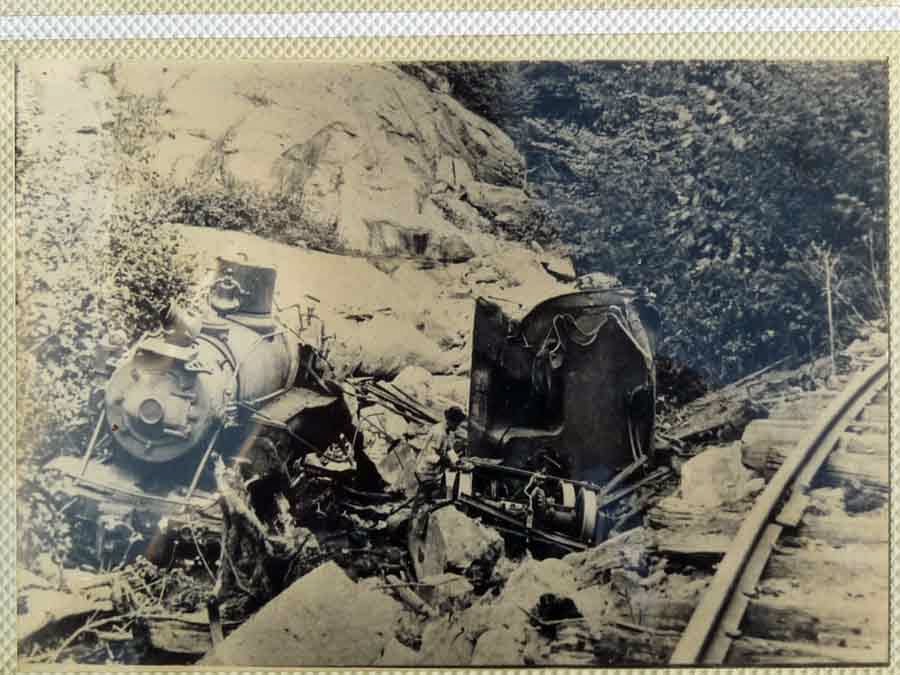
On, archaeologist Valerios Stais found that one of the pieces of rock had a gear wheel embedded in it. Upon removal from seawater, the mechanism was not treated, resulting in deformational changes. The mechanism appeared to be a lump of corroded bronze and wood it went unnoticed for two years, while museum staff worked on piecing together more obvious treasures, such as the statues. Īll of the items retrieved from the wreckage were transferred to the National Museum of Archaeology in Athens for storage and analysis. It is not known how the mechanism came to be on the cargo ship, but it has been suggested that it was being taken from Rhodes to Rome, together with other looted treasure, to support a triumphal parade being staged by Julius Caesar. The mechanism was retrieved from the wreckage in 1901, most probably that July. The team retrieved numerous large objects, including bronze and marble statues, pottery, unique glassware, jewellery, coins, and the mechanism. This wreck of a Roman cargo ship was found at a depth of 45 metres (148 ft) off Point Glyphadia on the Greek island of Antikythera. de Solla Price (1922–1983) with a model of the Antikythera mechanismĬaptain Dimitrios Kontos ( Δημήτριος Κοντός) and a crew of sponge divers from Symi island discovered the Antikythera shipwreck in early 1900, and recovered artefacts during the first expedition with the Hellenic Royal Navy, in 1900–01. Īll known fragments of the Antikythera mechanism are now kept at the National Archaeological Museum, Athens, along with a number of artistic reconstructions and replicas to demonstrate how it may have looked and worked. Machines with similar complexity did not appear again until the astronomical clocks of Richard of Wallingford and Giovanni de' Dondi in the fourteenth century. Other experts propose 204 BC as a more likely calibration date. In 2022 researchers proposed that the initial calibration date of the machine (not its actual date of construction) could have been 23 December 178 BC. In any case, it must have been constructed before the shipwreck, which has been dated by multiple lines of evidence to approximately 70–60 BC. The instrument is believed to have been designed and constructed by Greek scientists and has been variously dated to about 87 BC, or between 150 and 100 BC, or to 205 BC. There is speculation that a portion of the mechanism is missing and it also calculated the positions of the five classical planets.

This motion was studied in the 2nd century BC by astronomer Hipparchus of Rhodes, and it is speculated that he may have been consulted in the machine's construction. This suggests that it had 37 meshing bronze gears enabling it to follow the movements of the Moon and the Sun through the zodiac, to predict eclipses and to model the irregular orbit of the Moon, where the Moon's velocity is higher in its perigee than in its apogee. In 2008, a team led by Mike Edmunds and Tony Freeth at Cardiff University used modern computer x-ray tomography and high resolution surface scanning to image inside fragments of the crust-encased mechanism and read the faintest inscriptions that once covered the outer casing of the machine.


The largest gear is approximately 13 centimetres (5.1 in) in diameter and originally had 223 teeth.

Four of these fragments contain gears, while inscriptions are found on many others. The device, housed in the remains of a wooden-framed case of (uncertain) overall size 34 cm × 18 cm × 9 cm (13.4 in × 7.1 in × 3.5 in), was found as one lump, later separated into three main fragments which are now divided into 82 separate fragments after conservation efforts. On, it was identified as containing a gear by archaeologist Valerios Stais. This artefact was among wreckage retrieved from a shipwreck off the coast of the Greek island Antikythera in 1901. It could also be used to track the four-year cycle of athletic games which was similar to an Olympiad, the cycle of the ancient Olympic Games. The Antikythera mechanism ( / ˌ æ n t ɪ k ɪ ˈ θ ɪər ə/ AN-tih-kih- THEER-ə) is an Ancient Greek hand-powered orrery, described as the oldest example of an analogue computer used to predict astronomical positions and eclipses decades in advance. The Antikythera mechanism (fragment A – front and rear) visible is the largest gear in the mechanism, approximately 13 centimetres (5.1 in) in diameter.


 0 kommentar(er)
0 kommentar(er)
